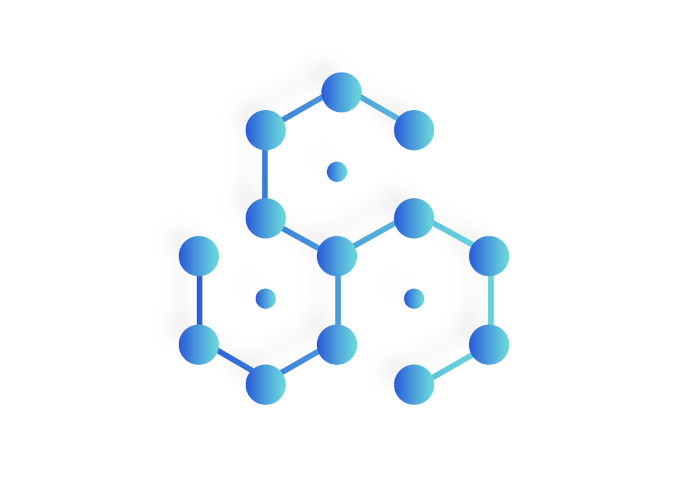Since January 2025, financial firms across the EU have been required to comply with the Digital Operational Resilience Act (DORA). So, how do you turn a complex regulation like DORA into practical tasks for your teams?
For many financial organizations, the answer begins with two crucial practices, namely threat modeling and secure coding training. They help teams identify and mitigate risks while also building resilience.
Let’s take a closer look at how SecureFlag aligns with DORA and how it can help put compliance into practice.

What does DORA require?
DORA is focused on improving the financial sector’s ability to withstand ICT disruptions, such as cyberattacks or outages by third parties.
The regulation now applies to more than 22,000 financial entities, including banks, insurers, investment firms, and ICT service providers. It’s also the first time the EU has introduced legal obligations for third-party ICT risk management.
It doesn’t just ask organizations to respond to incidents but also to plan and recover from them, all while continuing operations.
DORA is structured around five main pillars, each of which focuses on different aspects of security that financial organizations need to implement and maintain:
-
ICT risk management: Identifying, assessing, and addressing ICT risks across systems and assets.
-
Incident reporting: Detecting major ICT incidents and reporting them to regulators quickly and consistently.
-
Operational resilience testing: Running vulnerability assessments, scans, and other tests to validate the strength of digital systems.
-
Third-party risk management: Monitoring dependencies on external technology providers and ensuring they meet security expectations.
-
Information sharing: Setting internal controls and promoting collaboration across regulated entities.
Threat Modeling and Secure Coding in DORA Compliance
When organizations invest in threat modeling and secure coding training, they’re building the kind of forward-looking, scalable security practices that DORA is asking for.
1. Supporting ICT Risk Management
Organizations need to be well-informed and have a current understanding of how their systems operate and where they’re vulnerable.
Threat modeling:
-
Creates a visual map of your systems and data flows so that teams can better understand how components interact, where trust boundaries exist, and where attackers could potentially gain access.
-
Encourages teams to think like an attacker during the design phase, identifying risks before they land in production systems.
-
Assists in prioritizing risks, i.e., which threats matter most to your business, so you’re not chasing low-risk issues while bigger ones go unnoticed.
Secure coding training:
-
Equips developers with the knowledge to prevent vulnerabilities like insecure authentication, input validation flaws, and broken access controls.
-
Reinforces secure by design principles and provides practical scenarios so developers know not just what to avoid, but how to develop securely from the start.
-
Encourages a shared understanding of risk across development teams, improving collaboration with security teams during planning and reviews.
2. Enhancing Incident Preparedness and Reporting
Preventing incidents is always necessary, but so is being ready when they happen.
Threat modeling:
-
Provides a visual diagram of where attacks are most likely to occur, enabling security teams to create more accurate and complete incident response plans.
-
Shows likely attack paths and potential business impacts, giving teams a head start in assessing and reporting incidents.
-
Ensures that the people managing incident response are aligned on system architecture and potential failure points.
Secure coding training:
-
Reduces the number of vulnerabilities that can lead to incidents in the first place, particularly those exploited in automated or targeted attacks.
-
Increases developer confidence in handling and reporting security issues, reducing delays in escalating problems to the right teams.
-
Makes post-incident analysis more effective, since teams are better equipped to understand how and why a vulnerability occurred.
3. Making Resilience Testing More Effective
When it comes to testing, organizations should test systems under stress and simulated attacks, including threat-led penetration testing (TLPT).
Threat modeling:
-
Helps to create resilience tests that reflect real-life threat scenarios, not just theoretical ones, ensuring better preparedness.
-
Identifies which components are mission-critical or exposed to external threats, allowing for more targeted, risk-driven testing.
-
Supports tabletop exercises and red team simulations by showing possible attacker paths and failure points to test against.
Secure coding training:
-
Encourages development of code that’s not only functional but defensively coded to withstand edge cases, malformed inputs, or unexpected behaviors.
-
Trains developers to anticipate and code against system degradation, ensuring continuity even when individual components fail.
-
Introduces techniques like defensive coding, exception handling, and circuit breakers that support overall system resilience.
4. Managing Third-Party Risks
Third-party services are part of almost every financial system today. DORA requires organizations to assess and manage the risks tied to these external providers.
Threat modeling:
-
Helps visualize how third-party components, APIs, and vendors integrate with your systems, revealing where trust boundaries exist.
-
Makes it easier to evaluate the impact of a vendor breach or misconfiguration by identifying where their access begins and ends.
-
Promotes better vendor risk assessments by tying integration design to real security considerations.
Secure coding training:
-
Teaches developers how to securely consume external services, particularly when dealing with untrusted inputs, tokens, or sensitive data.
-
Trains developers on risks like insecure deserialization, supply chain attacks, and insufficient validation of third-party responses.
-
Shows how essential least privilege and zero trust principles are when working with external code or data.
5. Information Sharing
Financial entities should contribute to and benefit from collective knowledge about cyber threats.
Threat modeling:
-
Encourages the documentation of threat scenarios, attack paths, and mitigations, providing valuable insights that can be shared (anonymously) with industry peers or regulatory bodies.
-
Helps teams articulate threats in a structured, standardized way that makes them easier to communicate across organizational or sector boundaries.
-
Keeps security forward-looking, with quick threat analysis and knowledge sharing.
Secure coding training:
-
Keeps development teams up to date with emerging vulnerabilities and attack patterns, providing knowledge that can inform broader security discussions.
-
Encourages a security-aware culture where developers are more likely to flag, report, and share knowledge about threats or incidents.
-
Supports cross-team learning by giving all technical teams a shared understanding of risks and mitigation strategies.
Turning Compliance into a Continuous Process
Organizations need to regularly assess their systems and then refine them to make sure their processes remain secure.
SecureFlag supports this continuous loop:
-
Threat modeling is integrated directly into development workflows, making it easy to keep risk assessments up to date as systems change.
-
Secure coding labs stay current with emerging threats and technologies, so teams can continually improve their skills and respond to new challenges.
This keeps compliance efforts aligned with what’s happening in the industry, turning DORA from a static framework into a continuous part of the development lifecycle.
SecureFlag Helps Streamline DORA Compliance
DORA compliance requires more than understanding theory and policies. Instead, it needs teams who can develop and maintain secure financial systems.
SecureFlag delivers on that need with ThreatCanvas, our automated threat modeling solution, as well as hands-on secure coding labs that help developers write safer code.
Security should be integrated into everyday development, and SecureFlag provides a consistent and scalable way to do this. Compliance can be maintained as your organization grows.
Want to see how SecureFlag can help your organization? Get in touch!


